 BACK TO GALLERY
BACK TO GALLERY
Daniel Crouch Rare Books
Capt. James COOK
THE THREE VOYAGES OF CAPTAIN JAMES COOK.
A superb collection of the first editions of the most import printed record of Pacific exploration.
Quarto volumes: 310 x 245 mm. Atlas folion: 590 by 432mm.
description
First edition. The official narrative of Cook's final voyage, including his landings on the Hawaiian Islands, where he was killed in February 1779. The first two volumes were taken from Cook's own journals; the third, which describes Cook's death and the journey home, was written by James King.
"The date of Captain James Cook's exploration of the eastern coast marks the beginning of a new era in the history of Australia" (Jenks).
"In three great voyages Cook did more to clarify the geographical knowledge of the southern hemisphere than all his predecessors together had done. He was the first really scientific navigator, and his voyages made great contributions to many fields of knowledge" (Hill).
Cook conducted his three voyages between the years of 1768 and 1779. During his expeditions, the British naval officer traversed the South Pacific three times, twice braving into the Antarctic Circle. He was the first European to make contact with the Eastern coast of Australia: "The date of Captain James Cook's exploration of the eastern coast marks the beginning of a new era in the history of Australia. Cook took possession of the country for Great Britain. From the resemblance of its coasts to the southern shores of Wales, he called it New South Wales" (Jenks).
Cook also ventured across the North Pacific and into the Arctic Sea, in hopes of locating the ever elusive Northwest Passage. From there Cook made his way to the present-day Hawaiian Islands, he was the first European to step foot there, but he and four of his officers ultimately met a grisly fate at the hands of local inhabitants. Though Cook never made it home to England, he achieved a great deal during his voyages. Cook's expeditions allowed for the creation of the first accurate nautical charts of the Pacific Ocean, which were based on thousands of astronomical sightings, and marine chronometers, used to determine longitude, were also used extensively for the first time.
His "discoveries, apart from New South Wales, were not new, yet without a chronometer he had charted 5000 miles of coast with unusual accuracy. But he lamented his failure to find the southern continent and pleaded for another opportunity to seek it. He was promoted commander and given charge of an expedition...
"On this second voyage in 1772-75, Cook circumnavigated the world in high southern latitudes. Its chief importance for Australian discovery was in February and March 1773 when the Adventure, parted from the Resolution by fog and gales, made for the south coast of Van Diemen's Land ... On his third voyage Cook, now post-captain and fellow of the Royal Society, visited Adventure Bay himself on 26 January 1777, on his way to New Zealand and Tahiti. He went on to explore the Pacific coasts of North America and Siberia. In November 1778 he was at the Sandwich Islands (Hawaii), where at Kealakekua (Karakakooa) Bay he was killed on 14 February 1779” (Australian Dictionary of Biography online).
Cook was promoted to the rank of Lieutenant and dispatched by the Admiralty to seek out the much-discussed southern continent. Tahiti was reached in April 1769 where the transit was successfully recorded in June of that year. From Tahiti Cook sailed to the South Pacific in search of the new continent, first striking the Society Islands, before reaching New Zealand, whose coast he surveyed. From thence Cook proceeded to New Holland surveying the whole East Coast, before returning home via Batavia, proving once and for all the New Guinea was not a part of Australia, a fact first shown by Torres in 1607. He finally reached England in 1771, anchoring off the Downs on 12th June, having lost one third of his crew.
In July of the following year Cook set out once more for the southern Pacific in the Resolution with the Adventure. This voyage was particularly important since Cook made the first crossing of the Antarctic Circle and finally determined once and for all that the Southern Continent did not exist. In addition Cook secured the medal of the Royal Society by successfully eradicating scurvy through diet and better hygiene. Only three shipboard deaths (all resulting from accidents) were recorded on this voyage - a dramatic reduction from the one third who died on his first voyage.
Cook's third voyage began in July 1776 and concentrated on the North Pacific, resulting in the discovery of Hawaii, which Cook considered to be his greatest feat. In addition the theory of a Northern passage connecting the Pacific to the Atlantic was also disproved. Cook was killed on 14th February, 1779 in a shoreline skirmish and Captain King took over command of the expedition, which returned to England in 1780.
"The date of Captain James Cook's exploration of the eastern coast marks the beginning of a new era in the history of Australia" (Jenks).
"In three great voyages Cook did more to clarify the geographical knowledge of the southern hemisphere than all his predecessors together had done. He was the first really scientific navigator, and his voyages made great contributions to many fields of knowledge" (Hill).
Cook conducted his three voyages between the years of 1768 and 1779. During his expeditions, the British naval officer traversed the South Pacific three times, twice braving into the Antarctic Circle. He was the first European to make contact with the Eastern coast of Australia: "The date of Captain James Cook's exploration of the eastern coast marks the beginning of a new era in the history of Australia. Cook took possession of the country for Great Britain. From the resemblance of its coasts to the southern shores of Wales, he called it New South Wales" (Jenks).
Cook also ventured across the North Pacific and into the Arctic Sea, in hopes of locating the ever elusive Northwest Passage. From there Cook made his way to the present-day Hawaiian Islands, he was the first European to step foot there, but he and four of his officers ultimately met a grisly fate at the hands of local inhabitants. Though Cook never made it home to England, he achieved a great deal during his voyages. Cook's expeditions allowed for the creation of the first accurate nautical charts of the Pacific Ocean, which were based on thousands of astronomical sightings, and marine chronometers, used to determine longitude, were also used extensively for the first time.
His "discoveries, apart from New South Wales, were not new, yet without a chronometer he had charted 5000 miles of coast with unusual accuracy. But he lamented his failure to find the southern continent and pleaded for another opportunity to seek it. He was promoted commander and given charge of an expedition...
"On this second voyage in 1772-75, Cook circumnavigated the world in high southern latitudes. Its chief importance for Australian discovery was in February and March 1773 when the Adventure, parted from the Resolution by fog and gales, made for the south coast of Van Diemen's Land ... On his third voyage Cook, now post-captain and fellow of the Royal Society, visited Adventure Bay himself on 26 January 1777, on his way to New Zealand and Tahiti. He went on to explore the Pacific coasts of North America and Siberia. In November 1778 he was at the Sandwich Islands (Hawaii), where at Kealakekua (Karakakooa) Bay he was killed on 14 February 1779” (Australian Dictionary of Biography online).
Cook was promoted to the rank of Lieutenant and dispatched by the Admiralty to seek out the much-discussed southern continent. Tahiti was reached in April 1769 where the transit was successfully recorded in June of that year. From Tahiti Cook sailed to the South Pacific in search of the new continent, first striking the Society Islands, before reaching New Zealand, whose coast he surveyed. From thence Cook proceeded to New Holland surveying the whole East Coast, before returning home via Batavia, proving once and for all the New Guinea was not a part of Australia, a fact first shown by Torres in 1607. He finally reached England in 1771, anchoring off the Downs on 12th June, having lost one third of his crew.
In July of the following year Cook set out once more for the southern Pacific in the Resolution with the Adventure. This voyage was particularly important since Cook made the first crossing of the Antarctic Circle and finally determined once and for all that the Southern Continent did not exist. In addition Cook secured the medal of the Royal Society by successfully eradicating scurvy through diet and better hygiene. Only three shipboard deaths (all resulting from accidents) were recorded on this voyage - a dramatic reduction from the one third who died on his first voyage.
Cook's third voyage began in July 1776 and concentrated on the North Pacific, resulting in the discovery of Hawaii, which Cook considered to be his greatest feat. In addition the theory of a Northern passage connecting the Pacific to the Atlantic was also disproved. Cook was killed on 14th February, 1779 in a shoreline skirmish and Captain King took over command of the expedition, which returned to England in 1780.




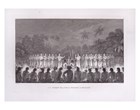
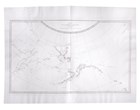
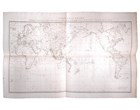
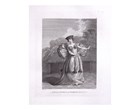
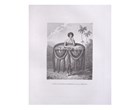
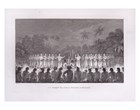
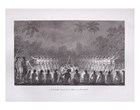

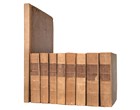
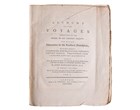
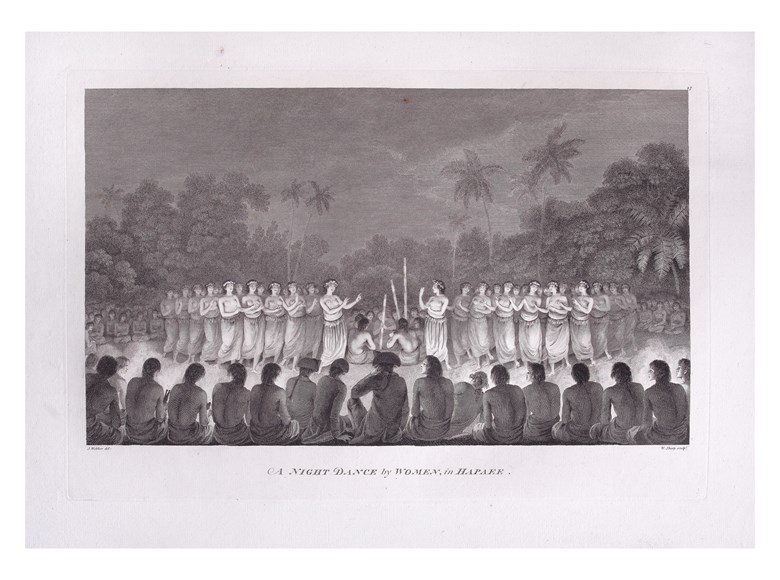
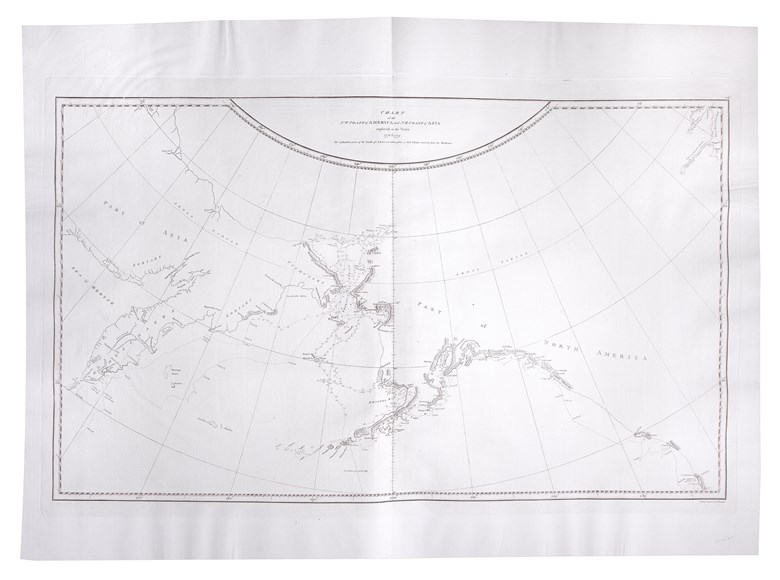

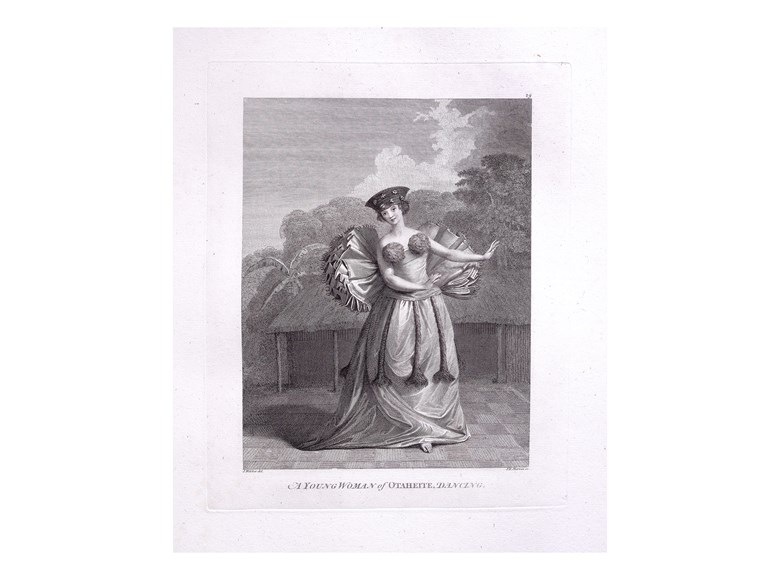
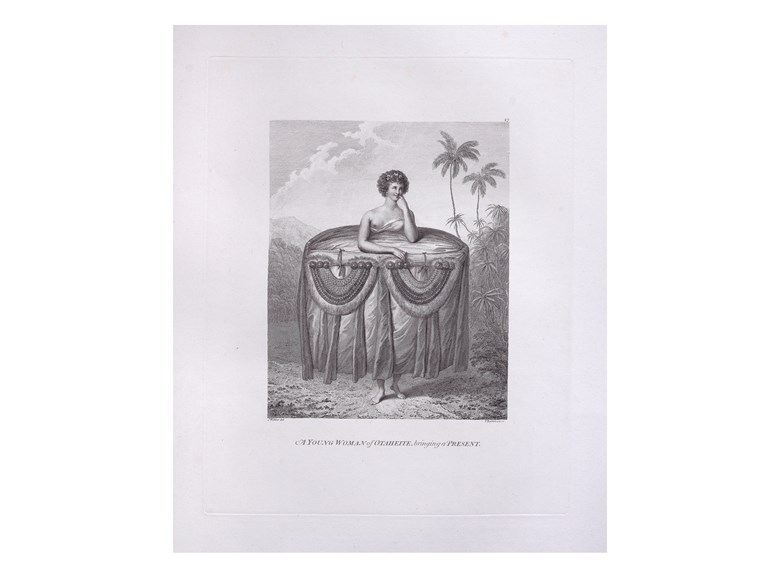
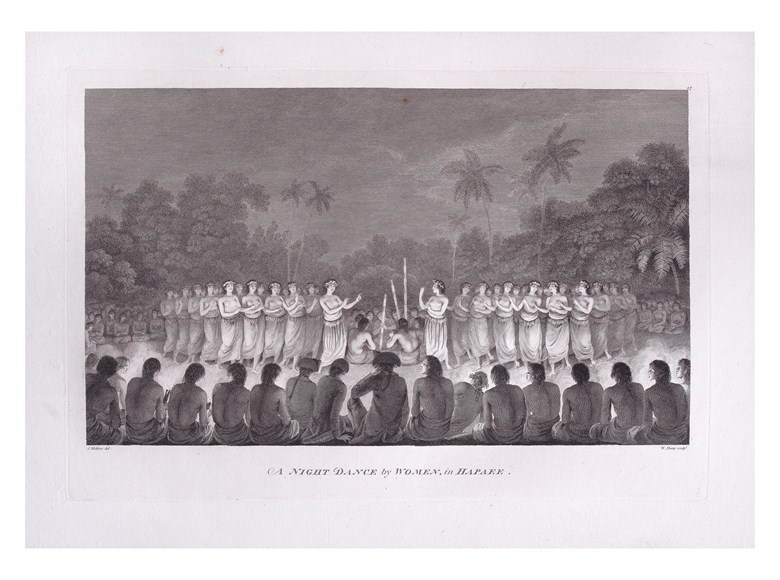
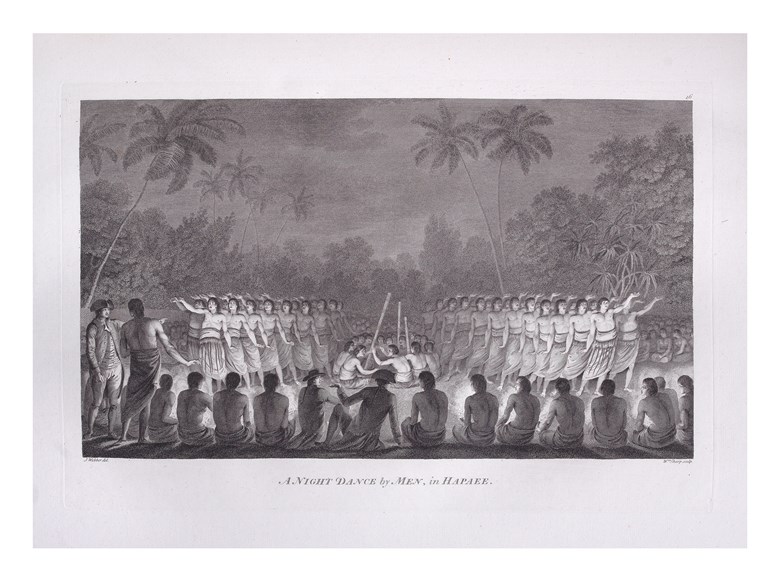

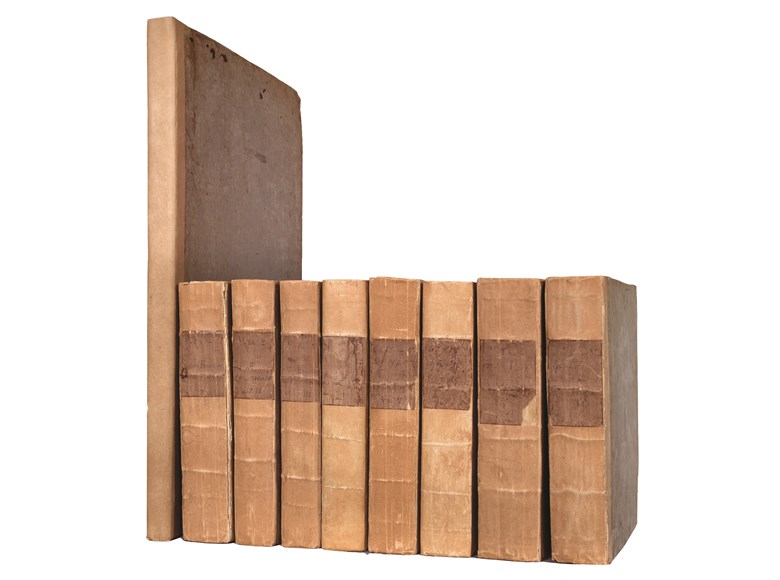

 SEND AN EMAIL
SEND AN EMAIL
 (212) 602 1779
(212) 602 1779